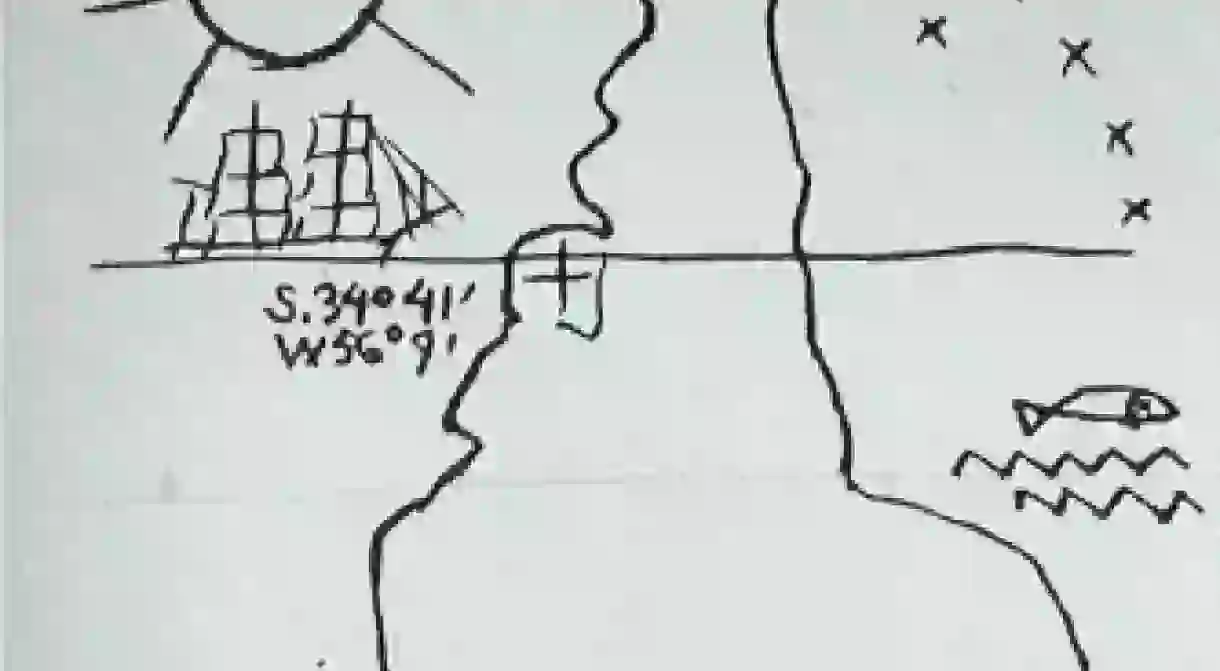Joaquín Torres-García's Utopian Vision Of Art

Joaquín Torres-García was largely educated in the dynamic and ever-shifting aesthetic environment of Barcelona and Paris, where the ‘avant-garde’ included a mishmash of artistic movements. He returned to his Uruguayan hometown, however, with a vision of a universally accessible art called Constructive Universalism.

Born in Montevideo, Uruguay in 1874, much of Torres-García’s formative art education came in the international milieu of Europe; although he would experiment with and discard a number of ‘styles’ along the way, the European and, in particular, Spanish artistic scene provided Torres-García with the techniques that would later define his art.
From his first forays into Impressionism in the mould of Monet, Torres-García transitioned into a period of fresco-painting and murals, emulating the classical tradition of these large-scale often religious works. The early 20th century artistic landscape was one undergoing great and rapid change, with new artistic movements building upon and reacting against older ones.
In the Catalán capital of Barcelona, Torres-García painted murals for Antoni Gaudí and came into contact with the Modernismo art movement, congregated with the poets and artists of the Cercle Artîstic de Sant Luc, and partook in the lively debates at Els Quatre Gats. Whereas Barcelona introduced Torres-García to the European artistic scene, he could not avoid the magnetism of Paris, to which he moved in 1920. Here he rubbed shoulders with the likes of Joseph Stella, Marcel Duchamp, Man Ray, and Joan Miró. Only in 1934 after having been exposed to and shaped by the European tradition would Torres-García return to Montevideo to forge a new visual mode independent from that of Europe.
The movement that he inaugurated would become known as Constructive Universalism, which sought to incorporate the unique language of Latin American and pre-Hispanic cultures, and by doing so declare its autonomy from the European aesthetic tradition. It was also a highly utopian vision, founded on the belief that simple objects and symbols could be universally understood regardless of cultural or social background, thus bridging the division between ‘high’ and ‘low’ artistic forms. Art, then, would be accessible to the masses rather than only to the well-educated and art connoisseurs.
In so doing, Torres-García sought to elevate the level of Uruguayan and South American art to surpass that of Paris, the undisputed centre of the art world in the early 20th century. Indeed, a generation of influential Latin American artists would emerge from his studio, including Gonzalo Fonseca, José Gurvich, and Julio Alpuy, shaped by his vision of a universally accessible yet distinctly American art.
Video: With a shortage of income, Torres-García founded a toy company called Aladdin Toys that created highly modular hand-crafted products.













